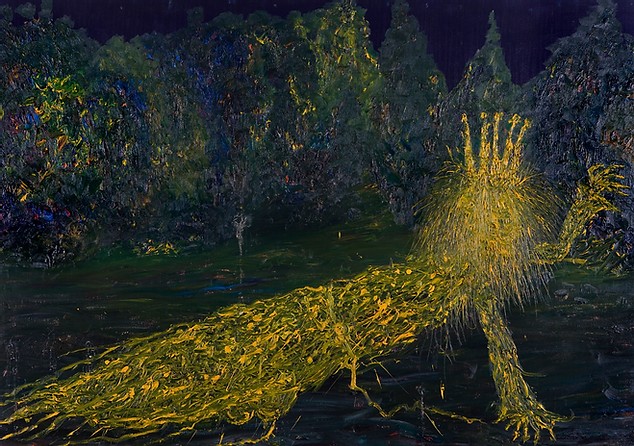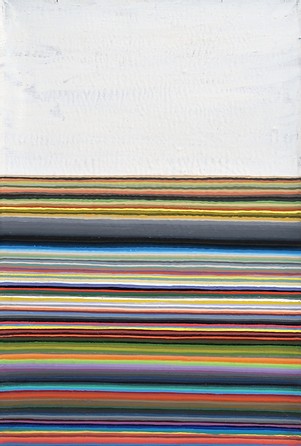
Curatorial Statement
Discussions that use works of art as blueprints have long been divorced from materials or tools of production and other foundational elements; instead, they have expanded to encompass chance encounters and feedback that arose as they grew and developed. In the infinite extension of its chain of life, publishing labels serve as intermediate points and not endpoints. Humanity’s interest in the process of spiders making a web has almost completely disappeared, and the arrangement, reorganization, hunting, and counterattacks that take place after the cobwebs form have become the subjects of a new kind of observation. However, artists are not content to have their subjectivities taken as samples to be observed, and with their rackets of cobwebs, they echo society’s voices. The best works that arise out of this back and forth are rackets that have survived countless tests, and in different contexts, the artists’ reactive movements and hitting methods reflect a personal style.
 Zhang Xiaogang, In-Out Series No. 4, 2006
Zhang Xiaogang, In-Out Series No. 4, 2006
Oil on canvas, 170x330cm
In the course of globalization, a generation of artists has collectively sought out precise coordinates for Chinese contemporary art. Eastern contexts and spiritual signs are instruments of attack that can be used at any time, and whether in China or abroad, Chinese artists existing alone and confronting various challenges in the art world often find this overwhelming. However, the most important thing, an individual life, is overlooked, and so the first group of artists started to explore their inherent foundations, building and weaving their own styles and fashioning a shield of cobwebs.

Ouyang Chun, Fate of King, 2008
Oil on canvas, 185x280cm
This shield does not have superficial, traditional Eastern characteristics, nor does it respond to the Western media’s clichés about the unfamiliarity of Chinese culture. Therefore, it uses dynamic coordinates to fight back against the intense provocation of constantly being questioned; it transforms itself into an active element in a relationship network and contributes nodes to this extant yet amorphous network in real time. A sustainable ecosystem that nurtures cobwebs changes its structure in response to constant counterattacks, bringing out the new and providing inspiration and support for a new ecosystem.

Wang Guangle, Nine Cans of Acrylic, 2004
Acrylic on canvas, 76x51cm
In the highly entropic stage at the end of every rapidly-developing process, cobwebs absorb these conflicts with their soft embrace, then present a product in their structural features. It is avant-garde not because it provides clever visual perspectives or displays impressive techniques, but because it is omnipresent in battle, and because it absorbs the things that occasionally control or restrain individual or collective emotion in a space. The act of hitting a ball is just a hypothetical, but it has intrinsic, unique properties that are related to our understanding of the dialogue between artists and viewers. Extending the concept of dialogue to the bodily dimension, the interlocking cycles formed as times change, as history cycles, and as regions shift, as well as the artists’ analysis and organization of their artistic ideas, are condensed into a site that allows for the casual contemplation of ideas. The artists in this exhibition coincidentally chose this “racket of cobwebs” strategy. From accumulating the energy to spinning a web to wielding it freely, this one coherent, smooth movement could highlight the driving forces in the competitive arena of this new era.
By Curator Amy Lee
About the exhibition
Curator: Amy Lee
Dates: 07.08 - 08.13, 2020
Venue: Tang Contemporary Art, Hong Kong
Artists: Ai Weiwei, Chen Fei, Chen Ke, Huang Yuxing, Liu Wei (b. 1965), Liu Wei (b. 1972), Ouyang Chun, Wang Guangle, Wang Xingwei, Wang Yin, Xie Nanxing, Yu Youhan, Zhang Xiaogang, Zhou Chunya
Courtesy of Tang Contemporary Art, for further information please visit www.tangcontemporary.com.




























